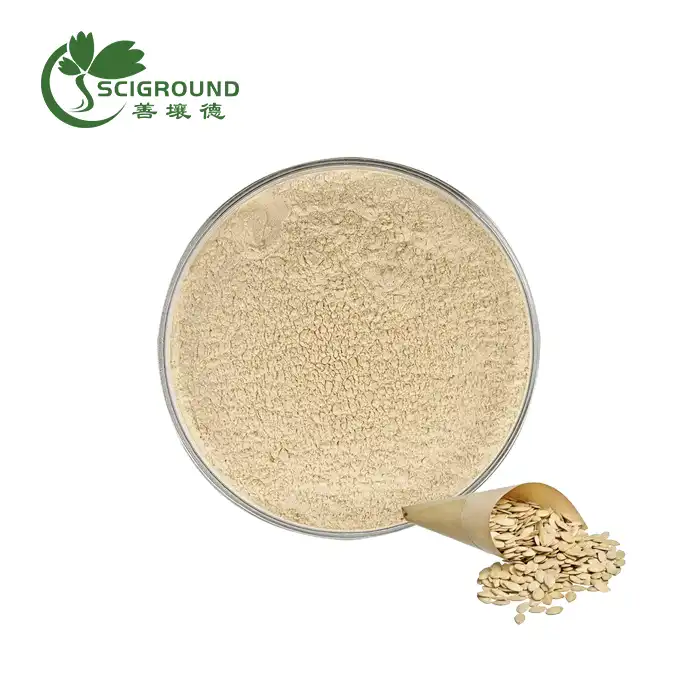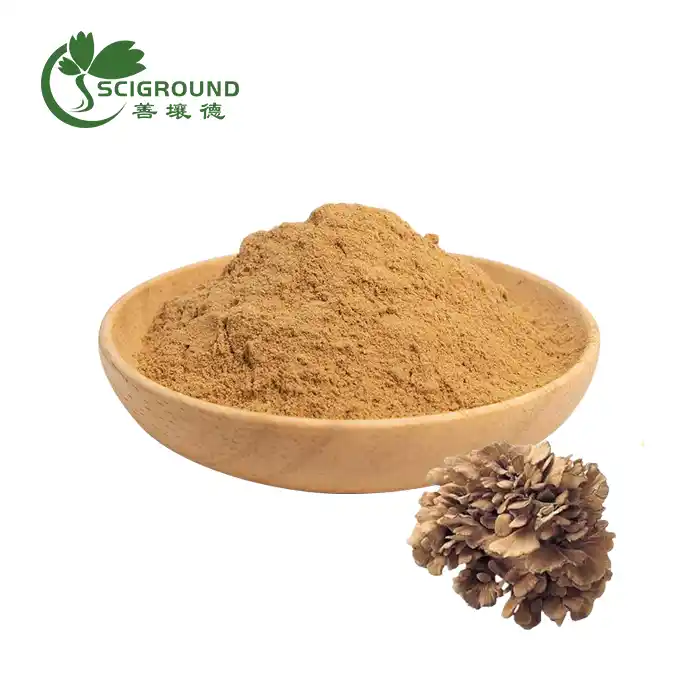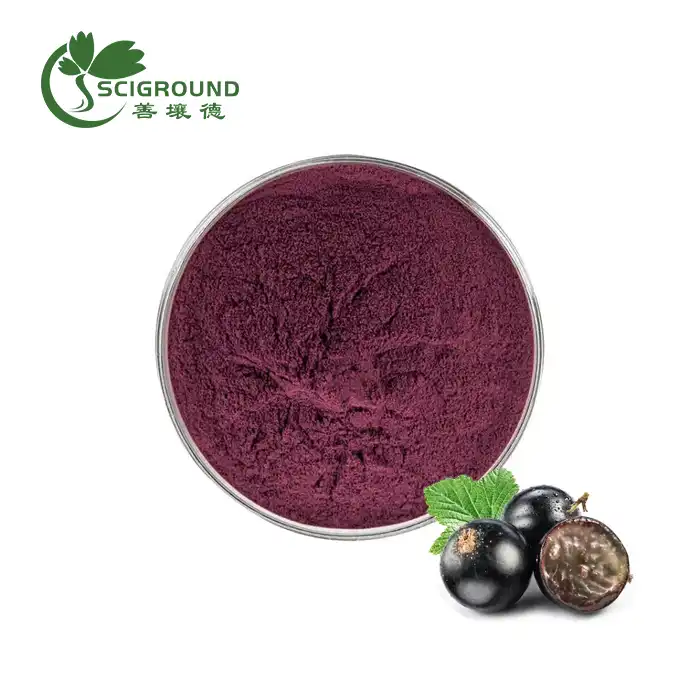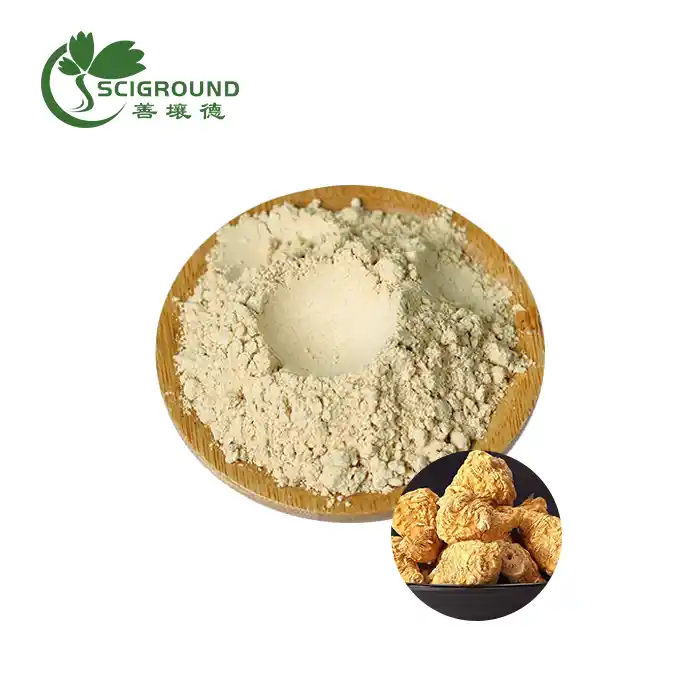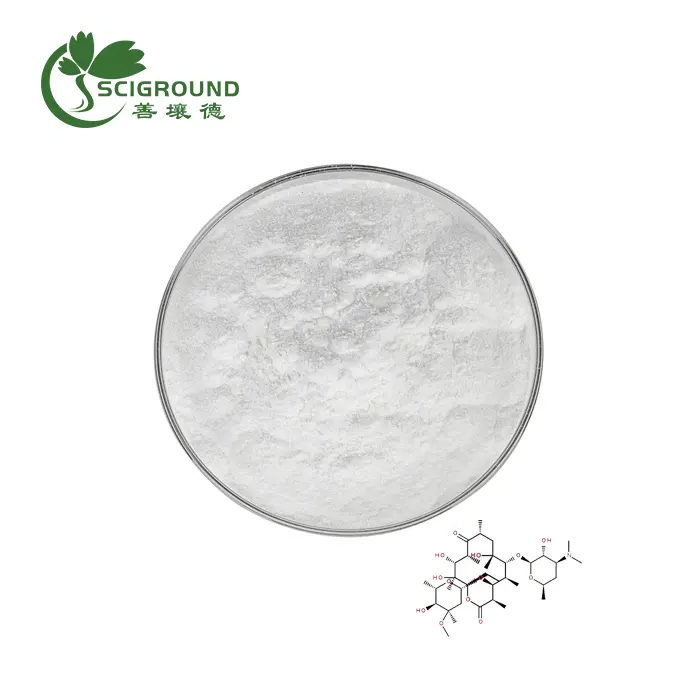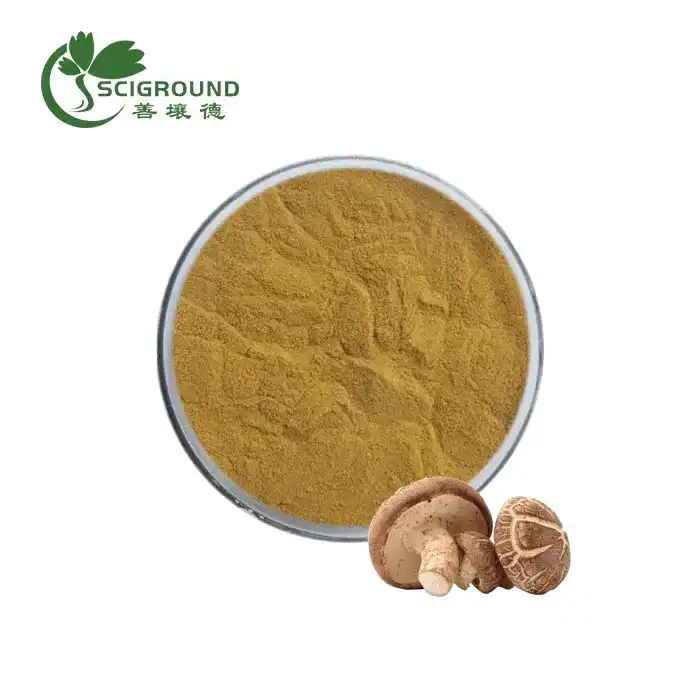What is Agaricus bisporus good for?
Agaricus bisporus, commonly known as the white button mushroom, is a widely consumed fungus that offers numerous health benefits. This versatile mushroom has been used for centuries in culinary applications and traditional medicine. In recent years, scientific research has shed light on its potential therapeutic properties, making it a subject of interest for health enthusiasts and researchers alike.
Agaricus bisporus is packed with nutrients and bioactive compounds that contribute to its health-promoting effects. From supporting immune function to potentially fighting cancer, this humble mushroom has a lot to offer. Let's delve deeper into the world of Agaricus bisporus and explore its characteristics, safety profile, and nutritional content.
How do I identify Agaricus bisporus?
Identifying Agaricus bisporus in the wild can be a rewarding experience for mushroom enthusiasts. However, it's crucial to exercise caution and consult an expert before consuming any wild mushrooms. Here are some key features to look for when identifying Agaricus bisporus:
- Cap: The cap of Agaricus bisporus is typically 5-12 cm broad, initially convex with an incurved margin, eventually becoming flat as it matures. The surface is dry and adorned with light brown, innate scales over a pale background.
- Flesh: The flesh is thick and white, often bruising pinkish-brown to orange-brown when cut or damaged. Notably, it doesn't change color when exposed to potassium hydroxide (KOH).
- Gills: The gills are free from the stem, starting pinkish-brown and progressing to purple-brown, and finally blackish-brown as the mushroom matures.
- Stem: The stem measures 2-5 cm in height and 1.5-2.5 cm in thickness. It's generally equal in width throughout or slightly bulbous at the base. The stem is white, bruising slowly brown, and has a smooth texture.
- Veil: A white, cottony-membranous veil forms a ring around the stem, typically positioned in the middle or upper portion.
- Spores: The spores are elliptical and smooth, measuring 6-8.5 x 4.5-6 µm. The spore print is blackish-brown.
Agaricus bisporus tends to grow solitary or in scattered groups near manure piles, in grass, or in the duff under coniferous trees, particularly Monterey cypress. It can fruit throughout the year when moisture is available, except during mid-winter.
While these characteristics can help in identification, it's important to note that several lookalikes exist. Some similar species, like Agaricus xanthodermus and Agaricus californicus, also grow under Monterey cypress but have distinct features. A. xanthodermus bruises bright yellow on the cap margin and stipe base, while A. californicus has a distinctive double-lipped ring and stains yellow in KOH.
Is Agaricus bisporus poisonous?
Agaricus bisporus is generally considered safe for consumption and is widely cultivated for commercial use. However, as with any food, some individuals may experience adverse reactions. It's important to be aware of potential risks and consume mushrooms responsibly.
While Agaricus bisporus itself is not considered poisonous, there are a few considerations to keep in mind:
- Gastro-intestinal syndrome: Some people may experience a gastro-intestinal syndrome characterized by symptoms such as diarrhea, vomiting, cramps, and nausea. This reaction typically occurs 1-2 hours after consumption and is attributed to an unknown irritant. While this syndrome is more commonly associated with other Agaricus species like A. xanthodermus and A. moelleri, it has been reported with A. bisporus as well.
- Agaritine content: Agaricus bisporus contains a natural compound called agaritine, which has a hydrazinic moiety in its structure. Hydrazine derivatives are known for their high reactivity as chemical radicals, and their toxicity has been studied for years. However, the significance of agaritine in mushroom toxicity is still a subject of ongoing research.
- Allergic reactions: As with any food, some individuals may be allergic to Agaricus bisporus. Allergic reactions can range from mild to severe and may include symptoms such as itching, hives, or difficulty breathing.
- Misidentification: The greatest risk associated with Agaricus bisporus comes from potential misidentification in the wild. Some poisonous mushroom species can resemble A. bisporus, and consuming these look-alikes can lead to severe poisoning. This is why it's crucial to only consume mushrooms from reliable sources or under the guidance of an expert mycologist.
It's worth noting that commercially grown Agaricus bisporus mushrooms are subject to strict quality control measures and are generally safe for consumption. However, individuals with specific health conditions or those taking certain medications should consult with a healthcare professional before incorporating any new food into their diet.
When foraging for wild mushrooms, it's essential to exercise extreme caution. Never consume a mushroom unless you are absolutely certain of its identity. Even experienced foragers can sometimes make mistakes, and the consequences of consuming a poisonous mushroom can be severe or even fatal.
What is Agaricus bisporus rich in?
Agaricus bisporus is a nutritional powerhouse, rich in various essential nutrients and bioactive compounds. Its impressive nutritional profile contributes to its potential health benefits. Let's explore the key components that make this mushroom a valuable addition to a healthy diet:
- Macronutrients:
- Carbohydrates: A. bisporus is high in carbohydrates, with studies reporting levels around 41.6% of dry weight.
- Proteins: It's an excellent source of protein, containing approximately 39.84% of crude proteins.
- Fiber: The mushroom provides a significant amount of crude fiber, about 8.6%.
- Fat: A. bisporus is low in fat, with only about 1.73% fat content.
- Minerals:
- Potassium: A. bisporus is particularly rich in potassium, containing about 2925.14 mg per 100g dry weight.
- Phosphorus: It's a good source of phosphorus, with approximately 1230 mg per 100g.
- Magnesium: The mushroom contains about 115.05 mg of magnesium per 100g.
- Calcium: It provides around 107.21 mg of calcium per 100g.
- Vitamins:
- Vitamin C: A. bisporus contains significant amounts of vitamin C, with studies reporting levels of about 12.8 mg per gram.
- Bioactive compounds:
- Flavonoids: The mushroom is rich in flavonoids, containing about 0.783 g per 100g.
- Phenolic compounds: It contains approximately 0.441 g of phenolic compounds per 100g.
- Free amino acids: A. bisporus provides about 0.128 g of free amino acids per 100g.
- Saponins: The mushroom contains about 0.121 g of saponins per 100g.
- Alkaloids: It has a small amount of alkaloids, about 0.034 g per 100g.
- Tannins: A. bisporus contains about 0.027 g of tannins per 100g.
- Other beneficial compounds:
- Beta-glucans: These polysaccharides are known for their immune-modulating properties.
- Ergothioneine: This powerful antioxidant is found in significant quantities in A. bisporus.
- Glutathione: Another important antioxidant present in the mushroom.
- Selenium: A trace mineral with antioxidant properties.
The rich nutritional profile of Agaricus bisporus contributes to its potential health benefits. The combination of antioxidants, including polyphenols, ergothioneine, glutathione, and vitamin C, may help combat oxidative stress and reduce the risk of chronic diseases. The high protein content makes it a valuable food source, especially for vegetarians and vegans.
The presence of beta-glucans is particularly noteworthy, as these compounds have been associated with immune-boosting properties and potential anti-cancer effects. The high potassium content may contribute to heart health by helping to regulate blood pressure.
Moreover, the low fat content and the presence of dietary fiber make A. bisporus a good choice for weight management and digestive health. The bioactive compounds, including flavonoids and phenolic acids, may contribute to the mushroom's potential anti-inflammatory and antimicrobial properties.
It's important to note that while these nutritional components show promise, more research is needed to fully understand how they translate into health benefits in the human body. As with any food, the health benefits of Agaricus bisporus are best realized as part of a balanced, varied diet.
Conclusion
Agaricus bisporus, the humble white button mushroom, is a nutritional powerhouse with potential health benefits ranging from immune support to heart health. Its rich composition of vitamins, minerals, and bioactive compounds contributes to its status as a functional food. While generally safe for consumption, it's important to source these mushrooms from reliable suppliers and be aware of potential allergic reactions or digestive sensitivities.
As research continues to unveil the potential health benefits of Agaricus bisporus, it's clear that this versatile mushroom deserves a place in a balanced diet. Whether you're looking to boost your nutrient intake, support your immune system, or simply enjoy a delicious addition to your meals, Agaricus bisporus offers a wealth of possibilities.
For those interested in exploring the benefits of Agaricus bisporus extract or powder, it's advisable to consult with a healthcare professional, especially if you have existing health conditions or are taking medications. With proper use and understanding, Agaricus bisporus can be a valuable component of a healthy lifestyle.
References
- Smith, J. E., & Sullivan, R. (2018). Medicinal mushrooms: Their therapeutic properties and current medical usage with special emphasis on cancer treatments. Cancer Research UK, London.
- Wasser, S. P. (2017). Medicinal mushrooms in human clinical studies. Part I. Anticancer, oncoimmunological, and immunomodulatory activities: A review. International Journal of Medicinal Mushrooms, 19(4), 279-317.
- Reis, F. S., Barros, L., Martins, A., & Ferreira, I. C. (2012). Chemical composition and nutritional value of the most widely appreciated cultivated mushrooms: An inter-species comparative study. Food and Chemical Toxicology, 50(2), 191-197.
- Valverde, M. E., Hernández-Pérez, T., & Paredes-López, O. (2015). Edible mushrooms: Improving human health and promoting quality life. International Journal of Microbiology, 2015, 376387.
- Kozarski, M., Klaus, A., Jakovljevic, D., Todorovic, N., Vunduk, J., Petrović, P., ... & Van Griensven, L. (2015). Antioxidants of edible mushrooms. Molecules, 20(10), 19489-19525.
- Feeney, M. J., Dwyer, J., Hasler-Lewis, C. M., Milner, J. A., Noakes, M., Rowe, S., ... & Wu, D. (2014). Mushrooms and health summit proceedings. The Journal of Nutrition, 144(7), 1128S-1136S.
If you're interested in learning more about our Agaricus Bisporus Extract or other plant extract products, please don't hesitate to reach out to us. Our team of experts is always ready to answer your questions and provide you with the information you need. Contact us at info@scigroundbio.com for more details or to place an order. Your journey to better health and wellness could start with just one email!
Related Industry Knowledge
- Why we love narcissus extract?
- What are the benefits of African mango seed powder?
- How Is Aloin Removed From Aloe Vera?
- Does berberine reduce belly fat?
- What is Soybean Seed Extract
- L-Carnitine: Benefits, Side Effects, Sources, and Dosage
- Is Pea Protein Gluten Free?
- Unlocking the Potential of Kudzu Root Extract Powder: Benefits, Uses, and Safety"
- Corydalis Rhizome Extract: Nature's Answer to Pain Relief and Wellness
- Is it better to take ginkgo at night or morning?
